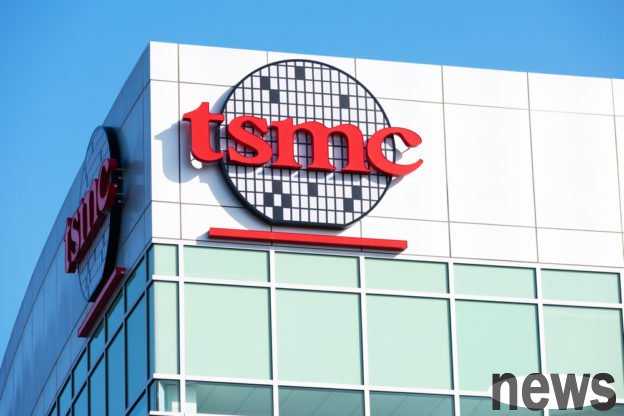
In the fourth quarter of this year, TSMC's most advanced two-nanometer process is expected to start mass production. CoWoS advanced packaging production capacity has increased steadily. New factories in Kumamoto, Japan, Arizona, Kaohsiung, Hsinchu, Baoshan and other places have entered mass production as scheduled. So far, TSMC has continued to strengthen the competitive threshold and realize its development blueprint one by one. Looking to 2026, TSMC will also face the most important battle-to achieve mass production of silicon photonics CPO (co-packaged optics).
Once this battle is successfully overcome, it means that the AI factories built by OpenAI and cloud service giants will have the opportunity to solve the problems of traffic jams, signal delays, and slow progress in data transmission channels, achieve the dream goal of high transmission and low energy consumption, and make AI data calculations run smoothly and quickly.
On October 13, NVIDIA (NVIDIA) founder Huang Jensen couldn’t wait to announce that its first network switch using silicon photonics CPO technology is supported by Oracle and Meta.
Broadcom, the leading player in the communications field, has also begun to accelerate. Not only did it launch the Tomahawk 6 network switch as early as June, but it also shortened the shipping time of new products from two years to one year, striving to stabilize its 90% market share in Ethernet network architecture.
The blockbuster products of the two giants all use key CPO technology, creating sparks and smoke. Behind the technology, there is an important ally─TSMC.
What exactly are silicon photonics (SiPh)?
It is a silicon chip with a rectangular appearance, similar to mobile phone chips and computer chips, but its main function is not calculation, but the conversion of photoelectric signals.
In September this year, President Lai Ching-te announced that silicon photonics would be included in the top ten new AI construction projects in Taiwan. The research and development base would be located in Kaohsiung, with the goal of achieving supply chain independence by 2028. Then, the Ministry of Economic Affairs followed up and proposed a four-year, 2.9 billion yuan national team plan, which is expected to cultivate 200 professionals. The Industrial Research Institute will build a silicon photonics verification laboratory and plan a trial production line for manufacturers to conduct product verification.
Taiwan wants to become a center for silicon photonics technology, and the heart of the center is none other than TSMC. The reason is simple. Currently, the upstream chips of the AI supply chain in the entire market, whether they are universal or customized, whether they are led by NVIDIA, AMD, or Broadcom, whether OpenAI, Meta, or Amazon, who wants to build the strongest computing power, all need TSMC. TSMC has already invested a lot of research and development efforts in solving transmission energy consumption through photonic technology.
According to Morgan Stanley's estimates, the global silicon photonics CPO market size will rise from US$8 million in 2023 to US$9.3 billion in 2030, with an annual compound growth rate of up to 172%. If the AI server leader NVIDIA is successfully introduced, the prospects will be even more promising, with an annual compound growth rate of up to 210% and a market size of US$23 billion.
This optimistic forecast is also based on a key factor, which is the progress of TSMC's silicon photonics CPO development, which is deeply tied to NVIDIA.
In TSMC's answer to this publication, it was clearly stated that "the development of the first-generation silicon photonic engine (COUPE) is progressing smoothly. It uses its own SoIC chip stacking technology to stack electronic ICs and photonic ICs together to create an optical engine with low signal loss, low power consumption and small size."
According to estimates by the TSMC team, from the circuit board level to the packaging level to the intermediary level, data transmission power consumption will be reduced by more than 10 times, while the delay will be improved by 20 times, and the size will be smaller.
"COUPE is currently the most valued emerging technology by TSMC. Based on this alone, the visibility of this trend will be seen in a few years." Tianfeng International analyst Ming-Chi Kuo estimated.
Further reading: The nerve center of the AI world is born! Silicon photonics technology ignites new battlefield for AI optical communications NVIDIA leads AI optical communications into a three-year golden period! A look at the beneficiary supply chain related to silicon photonics CPO NVIDIA debuts its silicon photonic switch Spectrum-X, and the market names Taiwanese supply chain companies with eye-catching stock prices Silicon photonics sets off a new wave of industry, and Taiwan cannot be absent this time